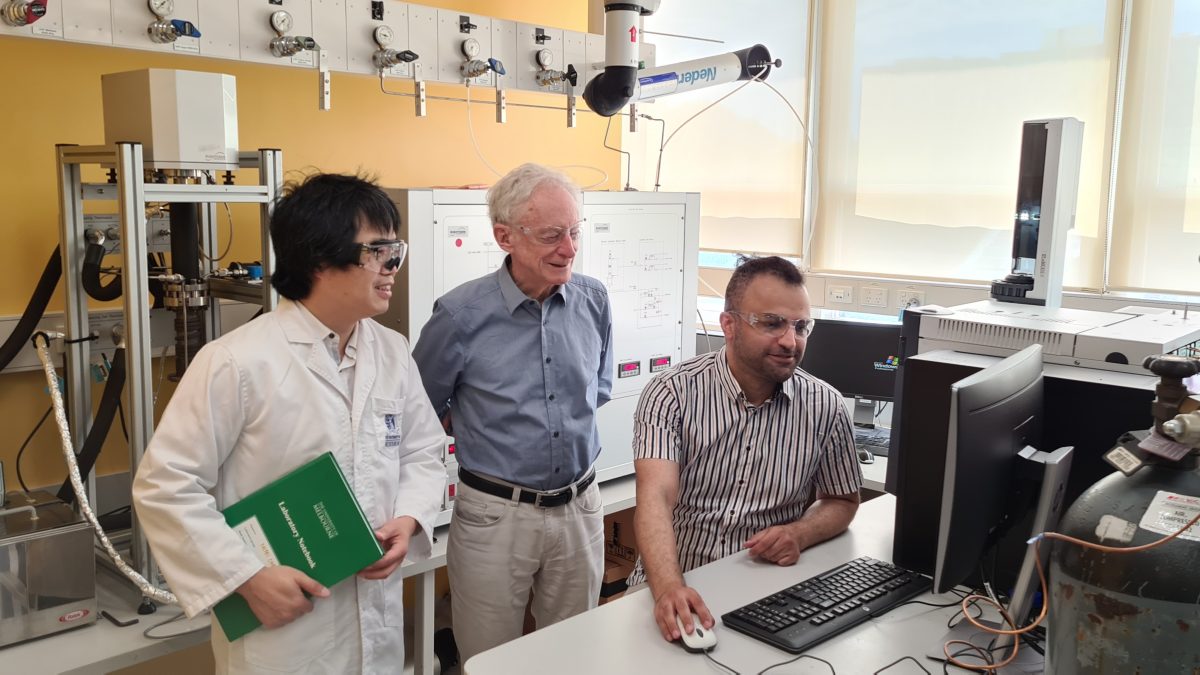Rinehart backs carbon tech play
A TECHNOLOGY that uses renewable energy-powered electrolysis at low temperature to convert carbon dioxide into reusable carbon and oxygen has been backed by Gina Rinehart’s Hancock Prospecting. Called Carbelec, the technology is being developed by researchers at the University of Melbourne. Those researchers claim the technology could be a game changer for steel makers.

Article by By Karma Barndon courtesy of Australia’s Mining Monthly.
A TECHNOLOGY that uses renewable energy-powered electrolysis at low temperature to convert carbon dioxide into reusable carbon and oxygen has been backed by Gina Rinehart’s Hancock Prospecting.
Called Carbelec, the technology is being developed by researchers at the University of Melbourne.
Those researchers claim the technology could be a game changer for steel makers.
The university has entered into a multi-year agreement with Hancock Prospecting to refine and scale-up the Carbelec technology over a two-stage developmental program.
The technology allows for the constant capture and reuse of carbon in a closed cycle, which will speed up decarbonisation and help reduce carbon dioxide emissions, in line with government mandates across the globe.
Commercial applications of Carbelec will use renewable energy to power the electrolysis process.
University of Melbourne Professor Mark Cassidy said he was thrilled with the opportunity the venture presented.
“This partnership will allow University of Melbourne researchers and Hancock Prospecting to establish a comprehensive research and development program, which addresses core components to develop this exciting technology,” he said.
“Our aim is to combine our world leading research expertise with Hancock Prospecting’s ability for real world practical deployment, and together develop this technology on an industrial scale.”
Hancock Prospecting CEO Garry Korte said the potential benefits of Carbelec should be significant and far-reaching.
“Steel makers could continue to benefit from the reliable and consistent supply of Pilbara ores, while also achieving their decarbonisation goals with both current and emerging steel technologies,” he said.
“We believe Carbelec can be an important part of a future low-cost energy mix, allowing industries such as steel, cement and even current day baseload power generators to continue to lift the living standards of people in Australia and worldwide.”

